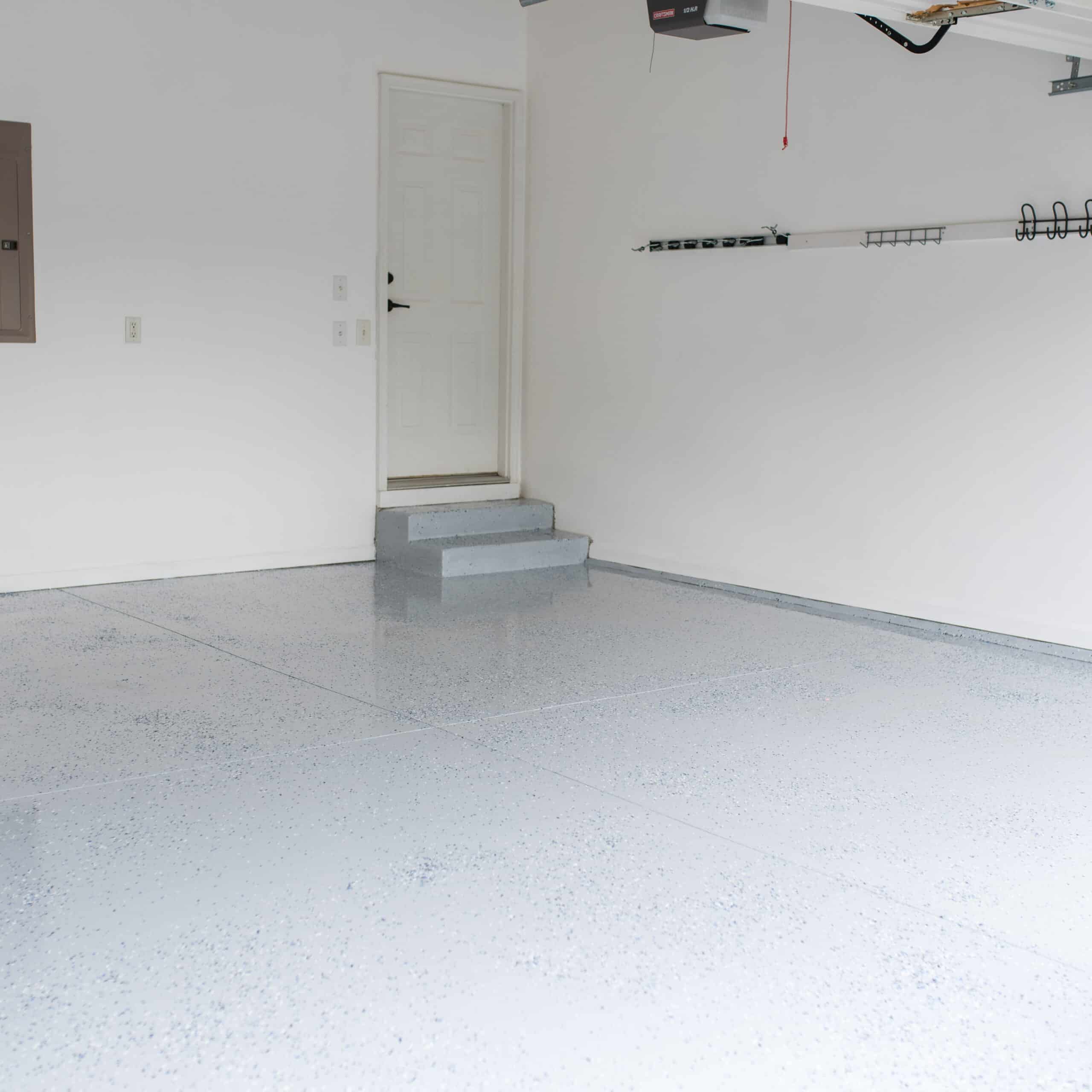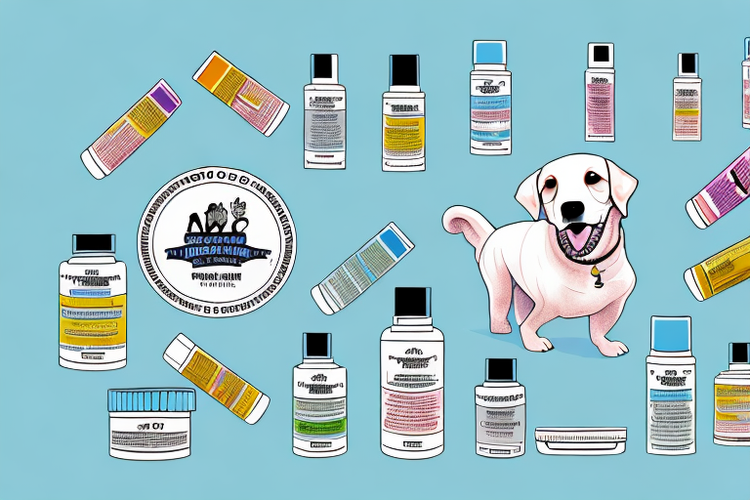Floor refinishing is a transformative process that can rejuvenate the look of your floors, enhance their durability, and increase the overall value of your property. Whether you’re dealing with scratched hardwood, worn-out vinyl, or tired tile, refinishing can breathe new life into your flooring. This comprehensive guide covers everything you need to know about floor refinishing, from the basics to advanced techniques.
Comprehensive Overview of Floor Refinishing
Floor refinishing involves Several steps designed to restore and improve the appearance and functionality of your floors. The process varies depending on the type of flooring you have, but it generally includes preparation, treatment, and finishing stages. Understanding the different methods and materials involved can help you make informed decisions and achieve the best results.
Types of Floor Refinishing
Hardwood Floor Refinishing
Hardwood floor refinishing is a popular choice for restoring the natural beauty of wooden floors. This process typically involves sanding down the existing finish, repairing any damage, and applying new stain or finish. Hardwood refinishing can remove scratches, dents, and discoloration, and it allows you to update the color or sheen of your floors. It’s essential to choose the right type of finish for your hardwood, whether it’s oil-based, water-based, or a polyurethane blend.
Vinyl Floor Refinishing
Vinyl floor refinishing focuses on revitalizing vinyl surfaces that have become scratched or discolored over time. This process often involves deep cleaning, applying a new layer of vinyl polish or sealer, and ensuring that the floor is free of any dirt or residue. Refinishing vinyl floors can enhance their appearance and extend their lifespan, but it is generally less intensive than refinishing hardwood or tile.
Tile Floor Refinishing
Tile floor refinishing is suitable for ceramic, porcelain, or natural stone tiles. This process usually includes cleaning and grouting the tiles, as well as applying a sealant to protect against future damage. For natural stone tiles, you might need to polish the surface to restore its shine. Tile refinishing helps in removing stains and improving the overall look of your tiles, making them look almost brand new.
Concrete Floor Refinishing
Concrete Floor refinishing involves polishing and sealing concrete surfaces to enhance their appearance and durability. This process includes grinding the surface to remove imperfections, applying a stain or dye for color, and finishing with a protective sealant. Concrete refinishing is ideal for both indoor and outdoor spaces and can create a sleek, modern look with various finishing options.
Frequently Asked Questions
What is the difference between refinishing and resurfacing?
Refinishing typically refers to the process of restoring and updating the existing finish on floors, such as sanding and applying a new coat of finish. Resurfacing, on the other hand, involves adding a new layer or coating over the existing floor surface, which can include completely new materials or overlays.
How often should floors be refinished?
The frequency of refinishing depends on the type of flooring and its usage. Hardwood floors may need refinishing every 7-10 years, while vinyl and tile floors may require less frequent attention. High-traffic areas or floors with significant wear and tear may need more frequent refinishing to maintain their appearance and functionality.
Can I refinish floors myself, or should I hire a professional?
While some floor refinishing tasks can be done as a DIY project, such as applying polish or sealant to vinyl floors, more complex refinishing tasks like sanding and staining hardwood or polishing concrete are best left to professionals. Professional refinishing ensures high-quality results and helps avoid potential mistakes that could damage your flooring.
What preparation is needed before refinishing floors?
Preparation typically involves cleaning the floor thoroughly to remove dust, dirt, and debris. For hardwood floors, this also includes sanding down the existing finish and repairing any damage. For vinyl and tile floors, ensure that any loose tiles or grout are fixed, and the surface is clean and dry before applying new finishes.
Final Verdict on Floor Refinishing
Floor refinishing is a valuable process for maintaining and enhancing the appearance of your floors. Whether you are working with hardwood, vinyl, tile, or concrete, understanding the different refinishing methods and their specific requirements will help you achieve the best results. Proper preparation and choosing the right refinishing technique are crucial for a successful outcome. For more complex tasks, consider hiring professionals to ensure your floors are restored to their optimal condition and continue to look great for years to come.








